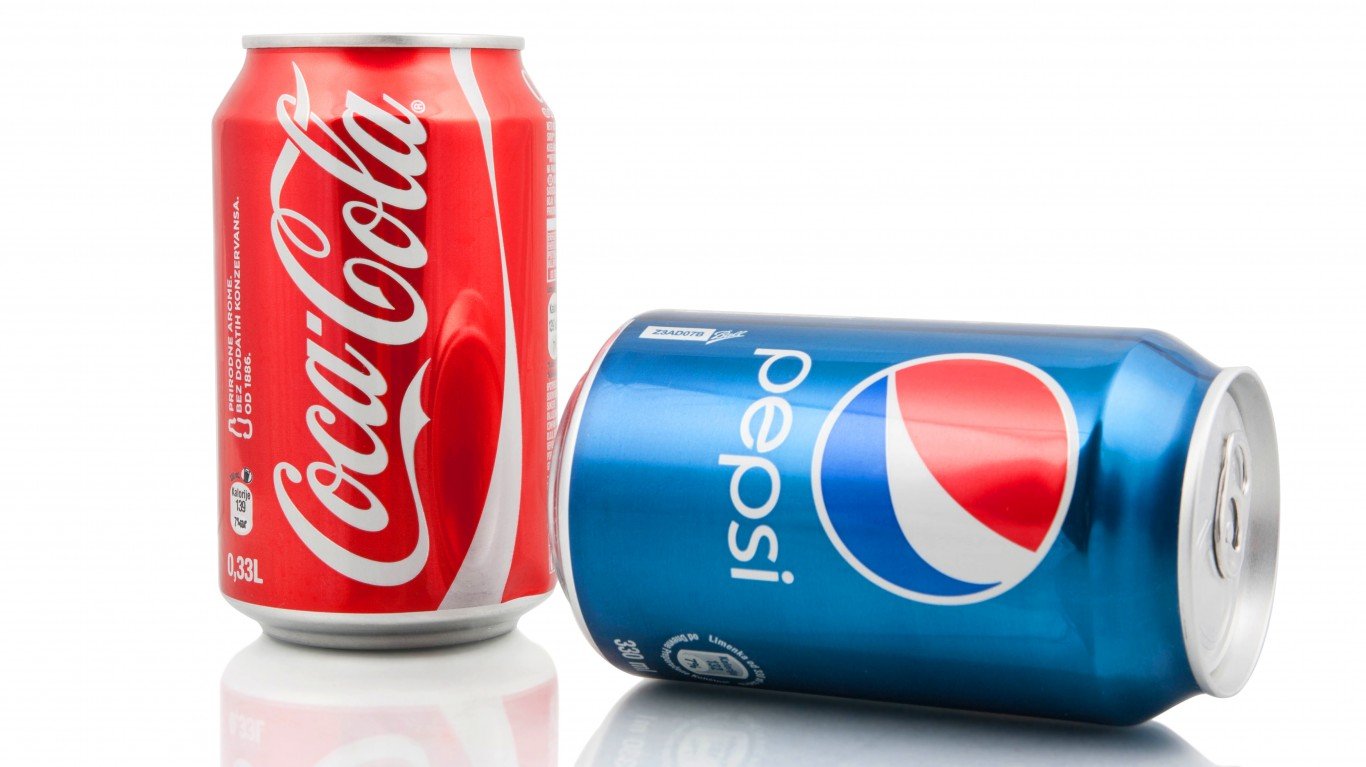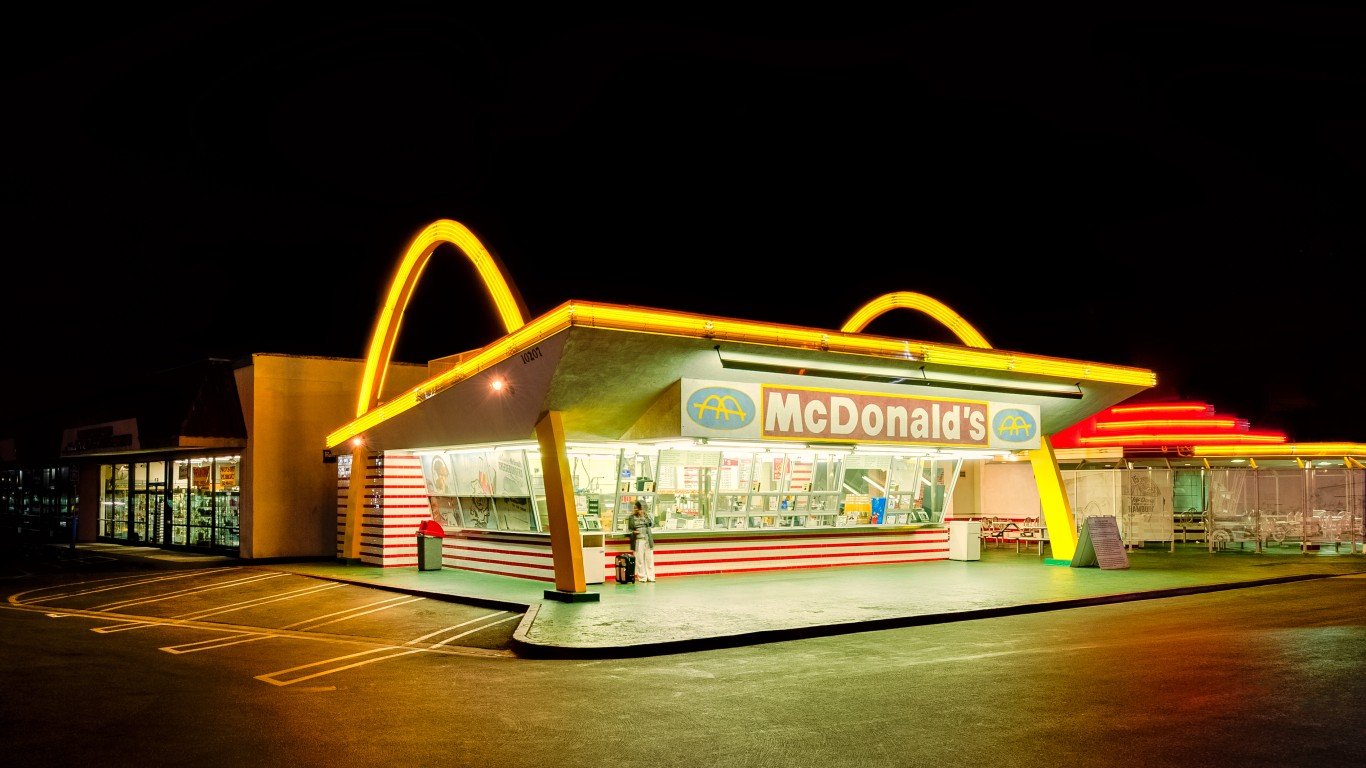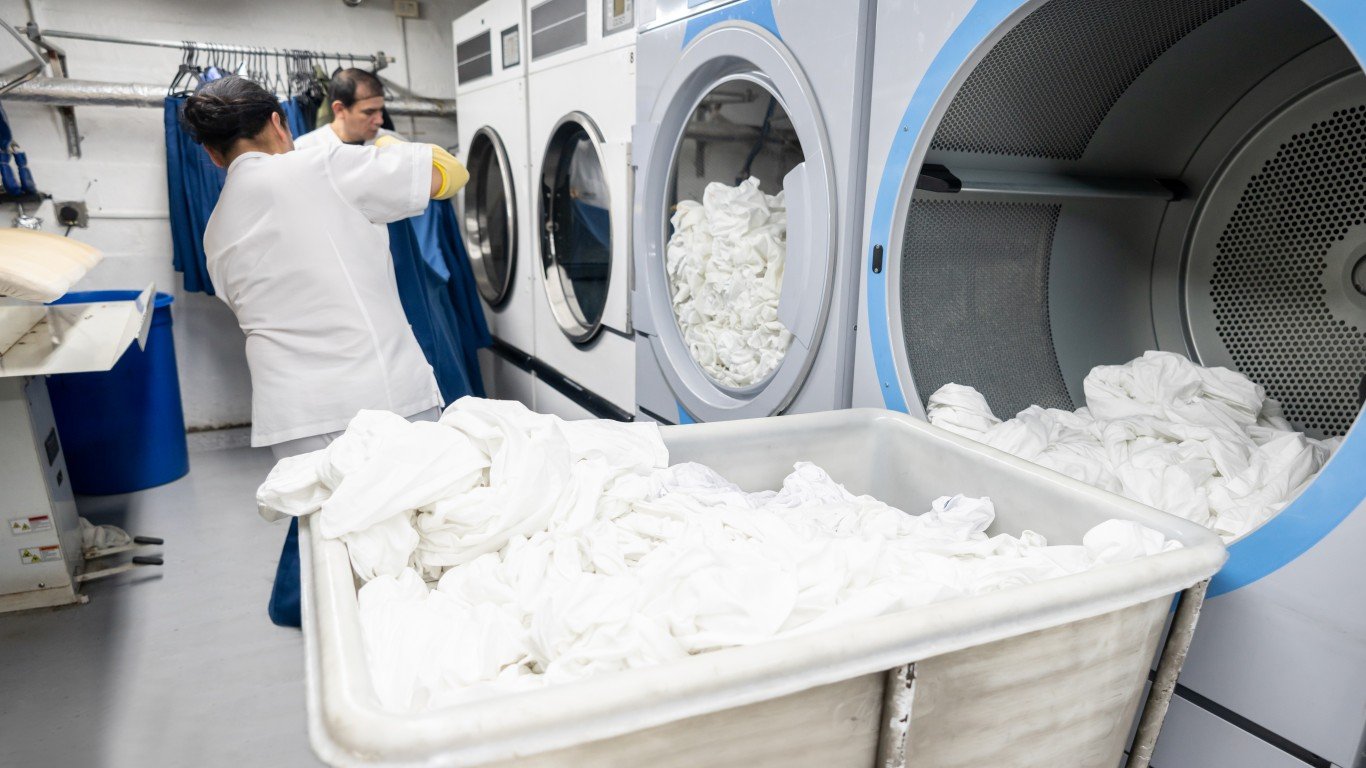

Let me start of by saying something that’s not very controversial: Ozempic (and other obesity drugs like it) are changing American society. The last 3 months of 2022 saw more than 9 million prescriptions for obesity drugs in just the United States alone. They’re still growing like wildfire in 2023.
The Danish company that makes Ozempic and Wegovy – Novo Nordisk (NYSE: NVO) – saw its market capitalization rise above the entire country of Denmark in August. These drugs are big news, but they could also be reshaping industries in ways that few investors appreciate.
Why “Sin Stocks” Rely on A Small Sliver of Consumers

There was a great post on the X Social Network from Corry Wang, a former equity researcher at Bernstein. You can read it here.
The key point is that Ozempic and other GLP1 anti-obesity drugs like it have broadly been effective not just in curbing appetites, but also being anti-addiction.
That’s important to note, because whether you’re talking about industries like candy, cigarettes, alcohol, or fast food, each relies on just a small number of consumers to buy a lot of their products. Here are some numbers:
- 9% of adults account for 34% of candy consumption
- 5% of Canadian gamblers account for 53% of gambling spend
- 10% of all U.S. adults account for 70% of alcohol consumption
- The top 20% of adults account for 75% of coffee consumption
- Just 20% of adults drink 77% of soda consumption
- And the top 20% of adults buy 87% of all cigarettes
The point here being: whether you’re Starbucks (Nasdaq: SBUX) slinging coffee drinks, Ben & Jerry’s selling ice cream, or Coca Cola (NYSE: KO) selling fizzy sugar water, you’re relying on a relatively small base of consumers.
Why Ozempic is McDonald’s Nightmare

While we can leave the debate to how “addictive” fast food is to the experts, there is no debating fast food companies get a large percentage of their sales from a small number of consumers.
According to credit card data from Earnest Analytics:
- 10% of consumers account for 46% of Jack in the Box’s sales
- 10% account for 43% of Chick-fil-A’s sales
- 10% account for 39% of Shake Shack’s sales
So fast food restaurants often have fairly extreme consolidation among their most loyal fans.
Here’s the problem if you’re a company selling goods like fast food or sugary drinks. Morgan Stanley ran surveys of Americans taking anti-obesity drugs and found that 77% of them had cut back on fast food restaurants. With people taking anti-obesity drugs generally cutting their calorie intake by 20-30%, things like sugar drinks and items deemed less healthy (like fast food) are generally the first items cut.
The good news for McDonald’s (NYSE: MCD)? Over time it can change its menu and perceptions of healthiness. That may not stop near-term choppiness, but it still leaves them in a better position than a company like Krispy Kreme (Nasdaq: DNUT).
Sponsored: Want to Retire Early? Here’s a Great First Step
Want retirement to come a few years earlier than you’d planned? Orare you ready to retire now, but want an extra set of eyes on your finances?
Now you can speak with up to 3 financial experts in your area for FREE. By simply clicking here you can begin to match with financial professionals who can help you build your plan to retire early. And the best part? The first conversation with them is free.
Click here to match with up to 3 financial pros who would be excited to help you make financial decisions.
Thank you for reading! Have some feedback for us?
Contact the 24/7 Wall St. editorial team.



